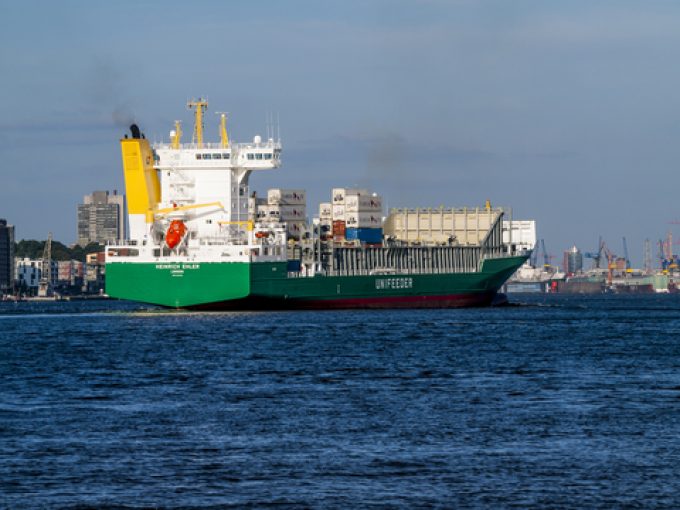Bulgaria service kicks-off new Unimed expansion phase
Next week, eastern Mediterranean and Black Sea feeder operator Unimed Feeder Services will launch a ...

An initiative by the port of Hamburg, in partnership with Unifeeder, will see feeder vessels used to transfer containers between the German port’s container hubs from next month.
The Danish feeder operator has worked with local software companies to “establish a proven framework for the integration into the port community systems of digital processes and customs modules for inter-berth transfers”.
And the port’s marketing division added: “The projected benefits include providing relief to port infrastructure by reducing the number of truck journeys ...
Volcanic disruption at Anchorage could hit transpacific airfreight operations
Macron calls for ‘suspension’ – CMA CGM's $20bn US investment in doubt
De minimis exemption on shipments from China to the US will end in May
Trump tariffs see hundreds of cancelled container bookings a day from Asia
Forwarders stay cool as US 'liberation day' tariffs threaten 'global trade war'
Mixed response in US to 'Liberation Day', while China leads wave of retaliation
Tariffs and de minimis set air freight rates on a volatile course
Overcapacity looms for ocean trades – with more blanked sailings inevitable

Comment on this article